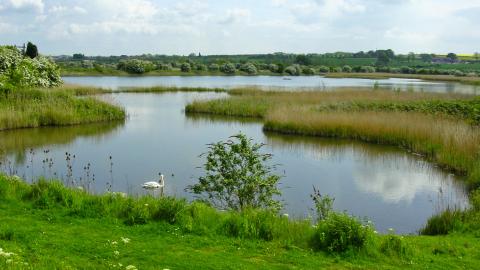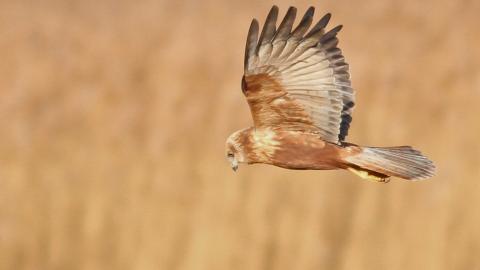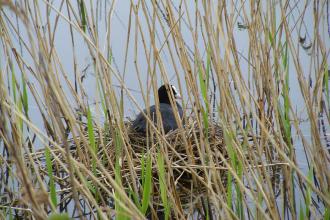
Barrie Wilkinson

Jamie Hall

Barrie Wilkinson

Emily Cunningham

Mandy West
Far Ings National Nature Reserve
Know before you go
Dogs
When to visit
Opening times
Visitor Centre open Wednesdays to Sundays, 10am - 4pm (closed on Mondays and Tuesdays).Best time to visit
January to DecemberAbout the reserve
This chain of flooded clay pits and extensive reed beds along the Humber bank from west of Barton-upon-Humber to New Holland is a legacy of the brick and tile industry. The site comprise the open water of Ness Lake, large areas of reed bed, grassland, hedgerow and scrub. The Visitor Centre has wonderful panoramic views across the reserve and the estuary, along with a gift shop and refreshments.
In spring and autumn you can see migration in action. Pipits, finches, swallows, martins, swifts, larks, starlings, waders and wildfowl move along the estuary. In late summer the reedbeds are important hirundine roosts. Autumn and winter reward the observer on the Humber bank with sightings of redshank, wigeon, black-tailed godwit, skeins of pink-footed geese and many more species. Among the wildfowl which spend the winter months on the pits within the reserve, look for the diminutive teal.
There are bitterns on the reserve all year and they are seen in various locations across the reserve. It is possible to hear them ‘booming’ in the spring from about March. A good location to try is the double decker hide at Ness End Farm, bitterns are seen from here on a regular but infrequent basis – they are very shy birds and good at hiding.
Please visit our main Far Ings page for further information.
Location information
By car, leave the A15 at the A1077 turn-off (last exit before the Humber Bridge). Take the first exit from the roundabout, then the first right (look for the brown tourist signs). At the bottom of the hill, turn right. The entrance to the reserve is on the left.


